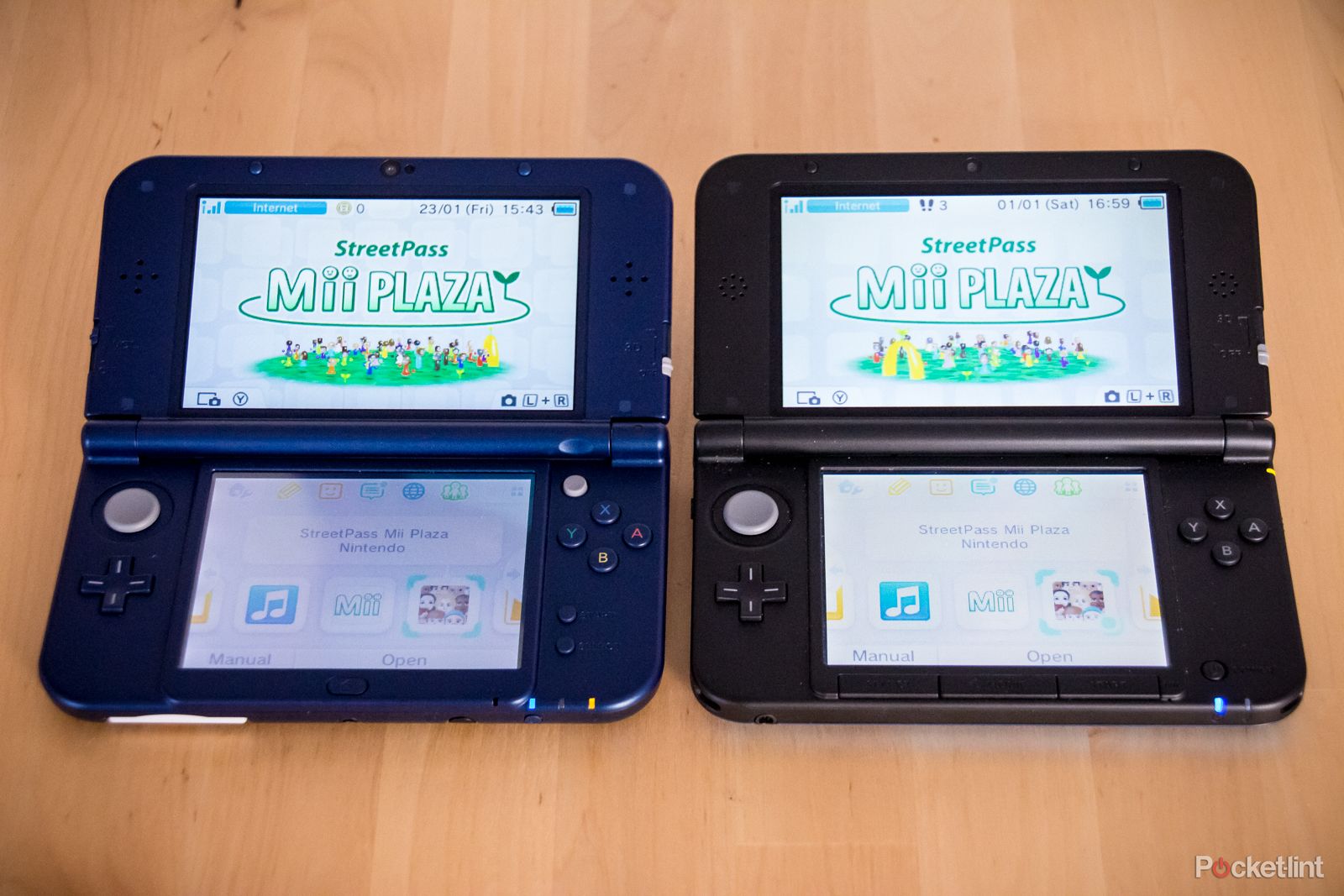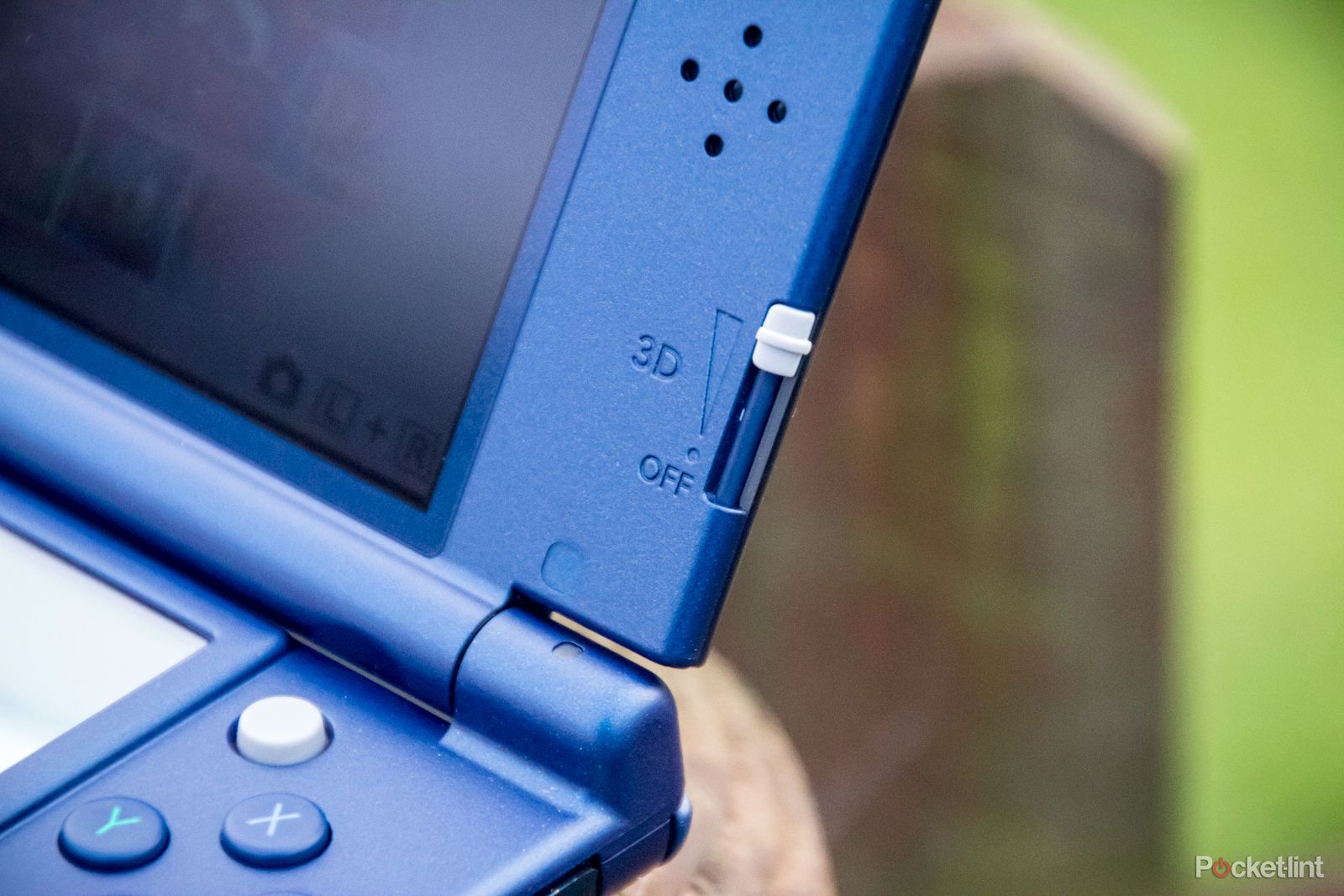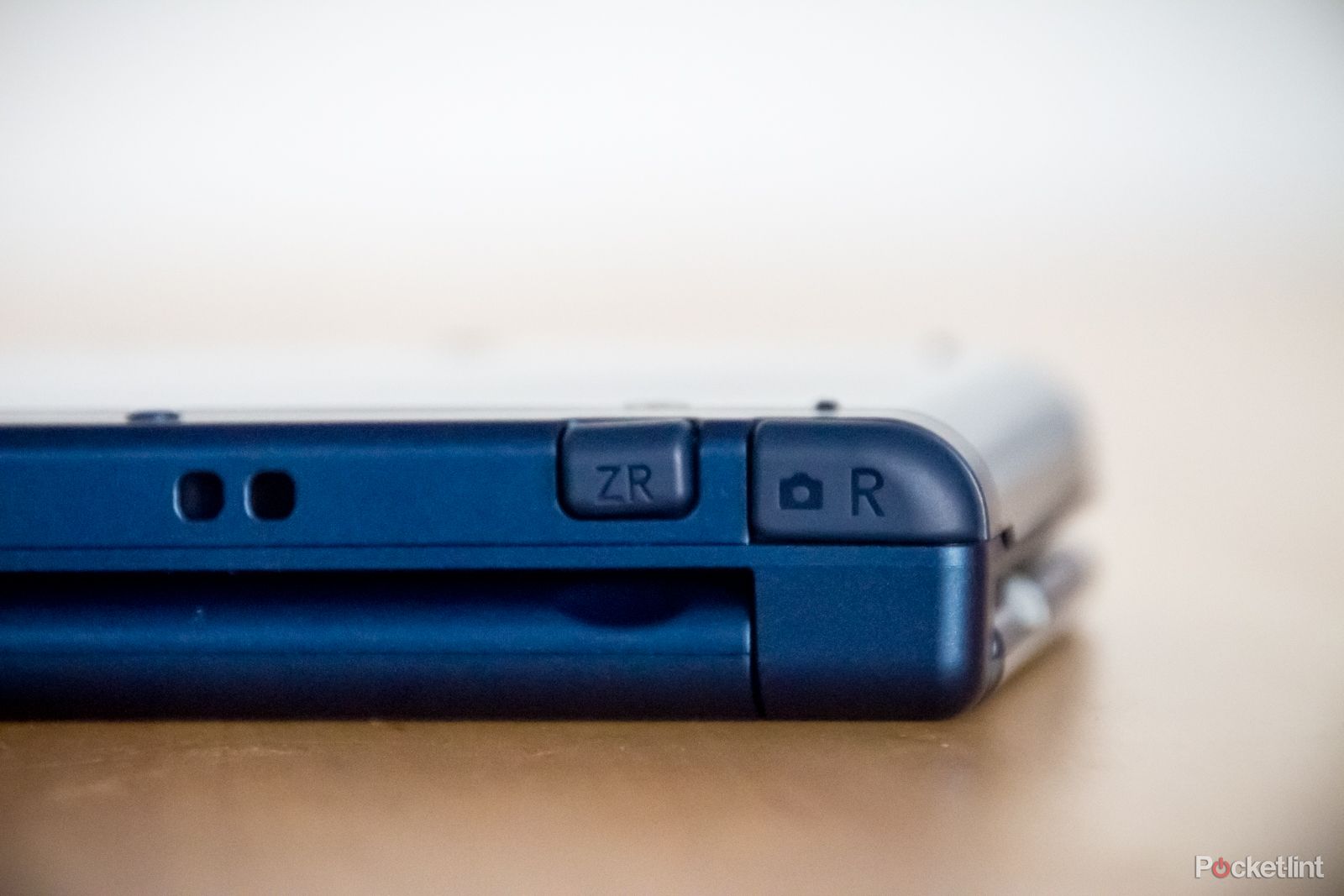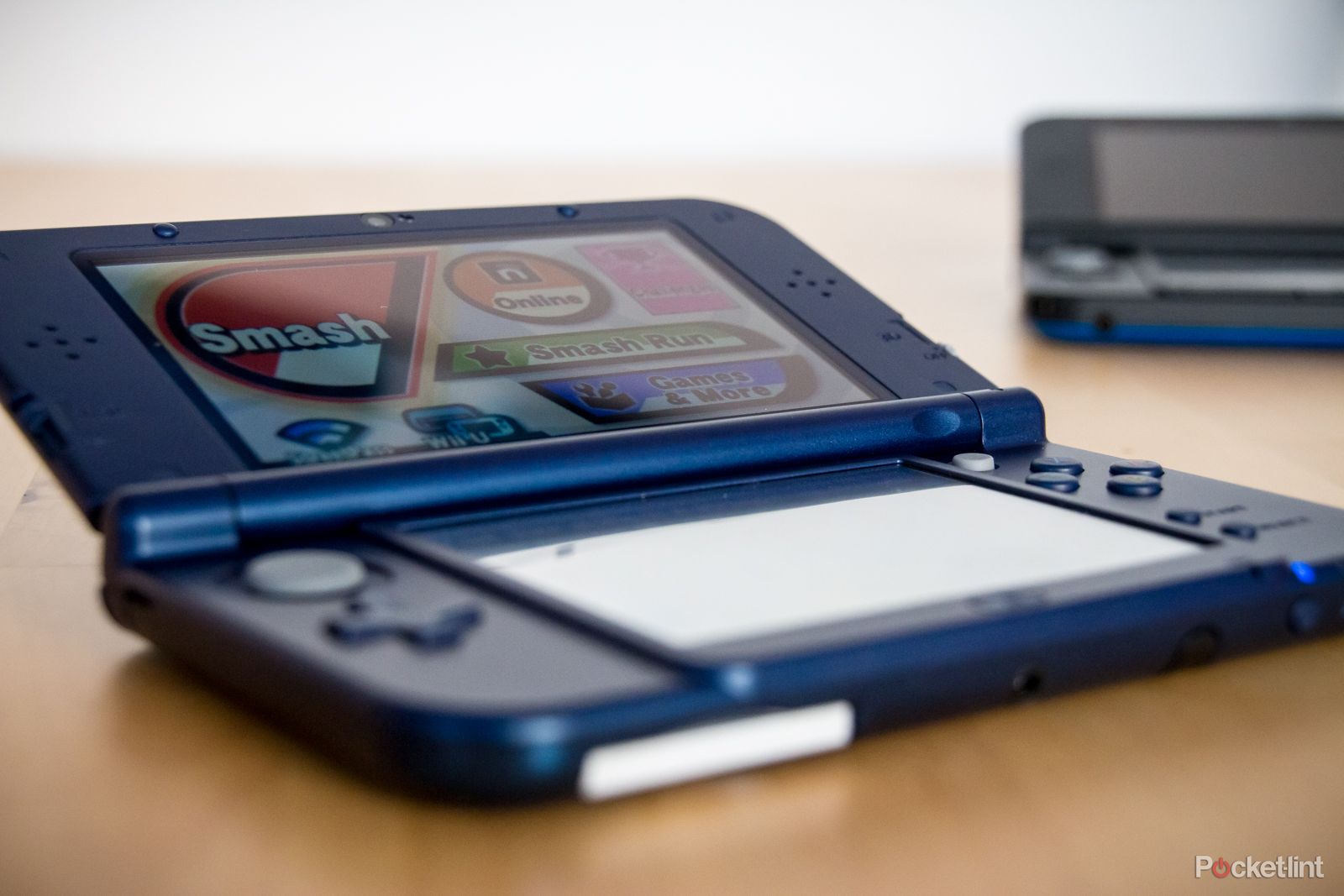When Nintendo first announced its new versions of the 3DS and 3DS XL handhelds there were more than a few eyebrows raised. Yes, the 3D functionality of its handheld games consoles could be improved but surely we're at the end of the portable gaming boom? At least where dedicated devices are concerned.
Our quick take
Battery life aside the new Nintendo 3DS XL has crafted what can be safely called the best portable games machine of the modern age. However, it is just a device – an enabler.
Where the 3DS generally wins out is in the games available for it. And in that Nintendo is king. Yes, there are plenty of third-party titles out there already thanks to a lengthy heritage, with more on their way, but Nintendo's own array of games are almost always among the finest you can buy and play on any machine, whether it is portable or bolted to the floor.
Super Smash Bros, Super Mario 3D Land, Pokemon, Zelda, Mario Kart – the list goes on and each one will sap time from you like no man's business. And the New 3DS XL is the machine that makes them look their finest. If you are a serious gamer, Nintendo has pandered to your every whim and in doing so has breathed new life into not just its own hardware but the very concept of handheld gaming.
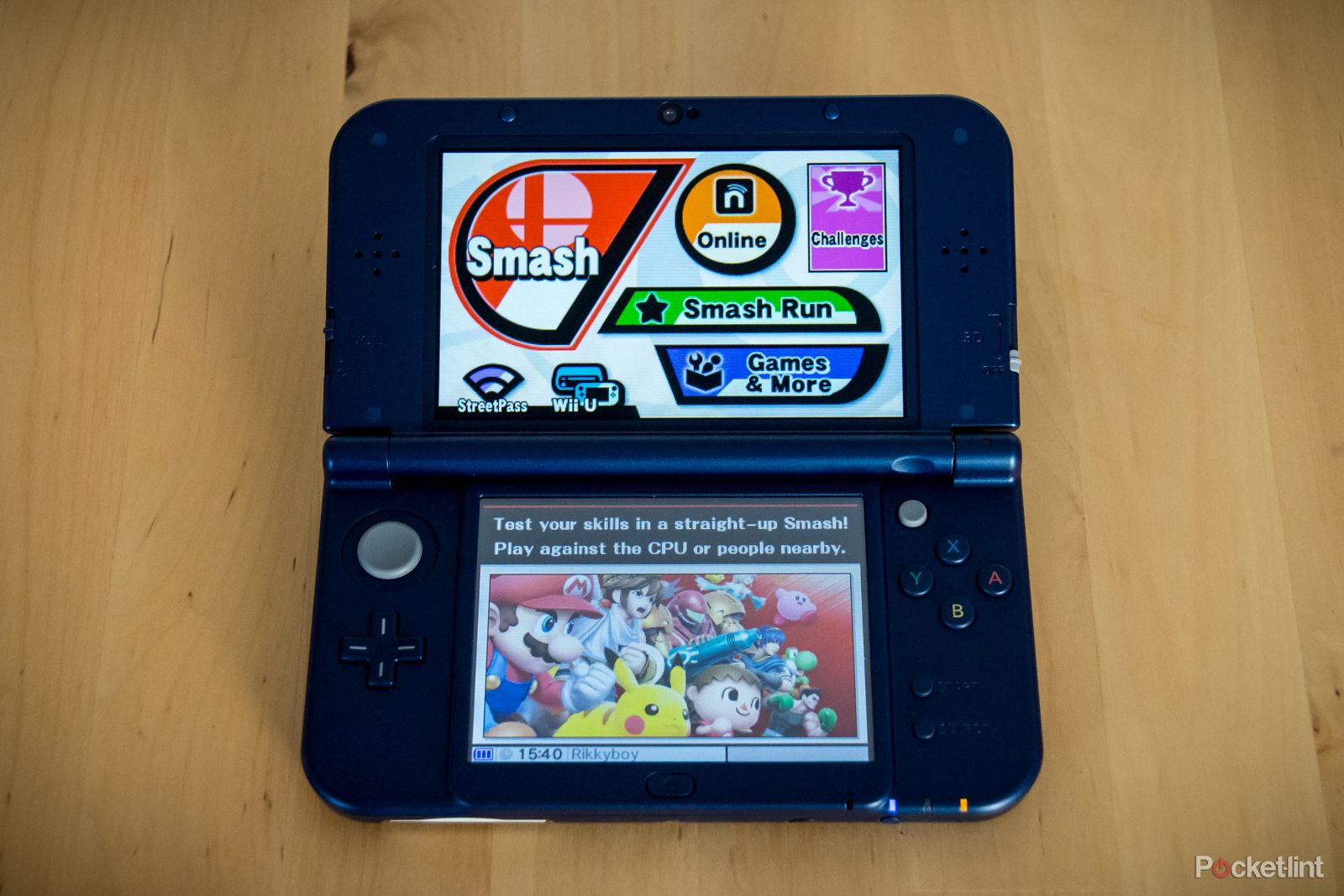
New Nintendo 3DS XL - 5.0 / 5
| FOR | AGAINST |
|---|---|
|
|
Sony's PS Vita gets away with it, thanks to dual functionality as it links with the PlayStation 4 to play PS4 games remotely. But is there the need for standalone handhelds anymore in this day and age where all portable devices have touchscreens and powerful enough processors to run games effectively?
The answer is an emphatic yes. Especially in the case of the New Nintendo 3DS XL – yep, "new" is in the title, just so you can be sure. It is the pinnacle of handheld gaming and while its improvements might seem minor, it feels like the Japanese company's persistence with 3D gaming has finally paid off. And what's more, its 3D works convincingly, without the need for glasses.
New vs old
For those who are considering a 3DS for the first time, the handheld has two screens, with a touchscreen at the bottom and larger glasses-free 3D display at the top. It is this one where much of the action happens, while the lower is used mainly for extra control systems and information that will aid you in games. You also access the menu system, Nintendo eShop and game apps from here.
You can use your finger on the touchscreen but an effective stylus is included. Like the volume control, it's also possible to adjust the intensity of the 3D on the upper screen – down to "off" completely – and the New 3DS XL comes with a 4GB microSD card pre-installed for storage of downloaded games and apps.
It's also worth pointing out, however, that the New 3DS XL doesn't come with a power adapter in the box. Neither did the last generation model. So newcomers will therefore have to order one separately.
As for the changes between this particular 3DS XL and the last, although they are seemingly minor adjustments – some being aesthetic only – several have a significant result on the overall experience.
3D that works
The most prominent is 2015 3DS XL's screen. The new console now has a much wider viewing angle, retaining the 3D effect while you move and jiggle about much more than ever before. This is partly down to better technology being employed, but also because the New 3DS XL features head-tracking technology which uses the front-facing camera to see where you are looking.
This vastly improves the 3D experience. Indeed, it ensures we leave the 3D switched on, whereas previously we always turned it off and played titles in 2D to avoid the irritating cross-talk issues. The head-tracking doesn't always catch up immediately, sometimes visually locking when you shift the unit in your hands, but it is vastly better at presenting 3D and you'll get a new dimension from games (groan!).
Some games, like the new Legend of Zelda: Majora's Mask, really benefit from the 3D visuals, even though that particular title is a remake of an N64 classic that wasn't in 3D. You'll probably not put the setting up to its most pronounced, but we expect it to be on rather than off all the time.
New controls
Another major addition to this version of the 3DS XL comes in the form of a new second thumbstick and two new trigger buttons, ZR and ZL, on the rear. These essentially ape the functionality of the Circle Pad Pro add-on that you could affix to the previous models. Some games offer extra control settings that work with that accessory and now you get the extra gubbins built in. Again, Majora's Mask is a good example of that as the thumbstick introduces additional ways to control Link more easily.
The build of the new handheld is a touch different, with some elements in entirely different places than the last-gen model. It is actually fractionally wider than the older version, but feels less chunky in the hand. The stylus is now housed at the bottom front of the device, as is the game card slot. And the start button is now on the interior of the clamshell under the action buttons rather than on the bottom of the screen next to the home button. You are less likely to accidentally switch the console off that way, we feel, but if you're a newcomer then you'll be none the wiser to such changes.
There are some more considerable alterations too. The microSD card slot, which has been hidden in the rear of the device, forces you to get out a screwdriver should you wish to introduce a larger capacity third-party card. The original 3DS XL, which used the physically larger SD rather than microSD card, had an easy access compartment. Still, at least you get a free microSD card this time around. Many will probably never change it anyway – and you'll want it on board for its functionality.
Amiibo compatibility
Another new piece of technology in the New 3DS XL's bowels is an NFC chip, placed directly under the touchscreen. This enables gamers to use Amiibos with the handheld to add additional content to games or continue with a specific character they've been using on a Wii U.
Amiibos are Nintendo's answer to Skylanders, coming in the form of physical toy characters with a chip inside that both connect to the 3DS and the Wii U and can store certain information within. There are plenty to connect and these will eventually work with many Nintendo-specific games and some from third-party developers. The main one now is Super Smash Bros, for both Wii U and 3DS, although the ability was yet to be switched on through a system update by the time we came to write this review, so we can't say how it works for sure in this instance. It works well on the Wii U though.
The final major difference between the new and old handhelds is a marked improvement on the speed of use, including loading games and apps. The new console has a faster processor and while we were never really that bothered by the chug of the old one, this time you can get to the action that much quicker.
Not all the changes have offered great benefit though. Battery life, for example, is billed as being better but we've found it to be similar – possibly because that slightly larger battery capacity is being used up by the faster processor and new tech, such as the head-tracking for 3D. You can expect to wring up to six hours out of it and might even get a little more if you turn the 3D improvement technology off in the settings.

